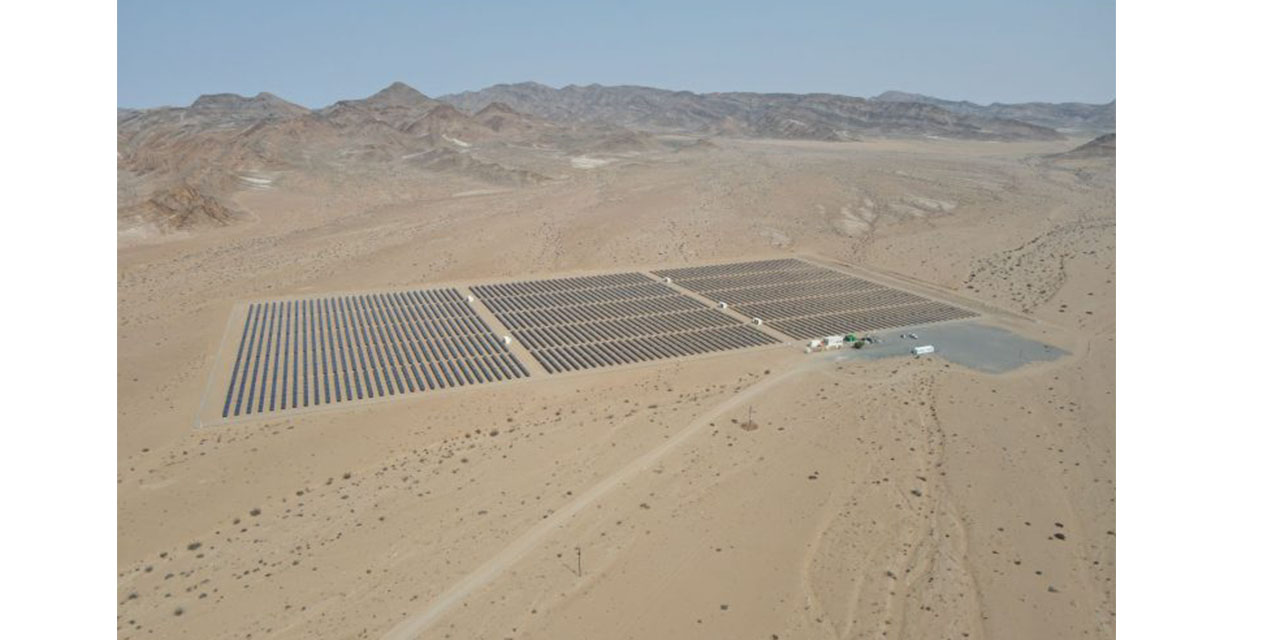The proposed Rosh Pinah Solar Park (RPSP) will generate 5,4 MW for the operational energy requirements of Rosh Pinah Zinc Corporation (RPZC).
RPZC is in the process of expanding its operations and will require additional supplies of electricity. The establishment of Rosh Pinah Solar Park is expected to reduce the cost of energy to run the mine, diversify its sources of energy and improve its sustainability.
RPSP is owned and will be managed by two Namibian entities, Otesa Energy Projects, the majority shareholder, and Emesco Energy (Namibia). Otesa Energy Projects will construct the plant and Emesco developed the plant.
Director and Shareholder, Elmo Kalyamo, said the facility will supply 30% of RPZC’s power requirements over the 15-year duration of the power purchase agreement (PPA).
This will reduce RPZC’s emissions of greenhouse gases by 6% annually at a company level. Emissions of CO2 produced by utility supplied power in the //Kharas Region will be reduced by 14,242 tons.
Kalyamo said Rosh Pinah Solar Park greatly appreciates the support of Development Bank of Namibia and their responsiveness to the specific financing requirements of the project. He also stated that this majority Namibian-owned project supports the country’s objective of energy independence.
Finance for Rosh Pinah Solar Park is the second renewable energy project financed using the bank’s Climate Adaptation Facility.
The DBN’s commitment to the field of renewable energy amounts to N$1.038 billion encompassing finance for 87.9 MW from 13 projects.
Namibia is a net importer of electricity from South Africa and the Southern African Power Pool (SAPP).
In December 2021, the country generated 89,054 Megawatt hours (MWh) but had to import 263,899 MWh.
By financing renewable energy generated by Independent Power Producers (IPPs), DBN aims to reduce cashflows out of the country, increase the amount of locally generated electricity, reduce future costs associated with developing and maintaining cross-border transmission infrastructure as well as enhancing security of supply which may be complicated by threat of disruption of export operations.
The DBN has developed a sound track record in financing IPPs generating renewable energy since developing the original industry financing model for Omburu Photovoltaic Park, as well as Ombepo Wind Farm near Lüderitz.
The Rosh Pinah underground zinc-lead mine and 2 000 tonne per day milling operation is located in the //Kharas Region at the edge of the Namib Desert.
The Rosh Pinah mine has been in continuous operation since 1969 and currently produces zinc and lead sulphide concentrates containing minor amounts of copper, silver, and gold. The zinc and lead concentrates are transported by road to Luderitz, and then shipped to the international spot markets.
The Rosh Pinah mine is 90% owned by Trevali and 10% by Namibian Broad-Based Empowerment Groupings and an Employee Empowerment Participation Scheme (EEPS).




